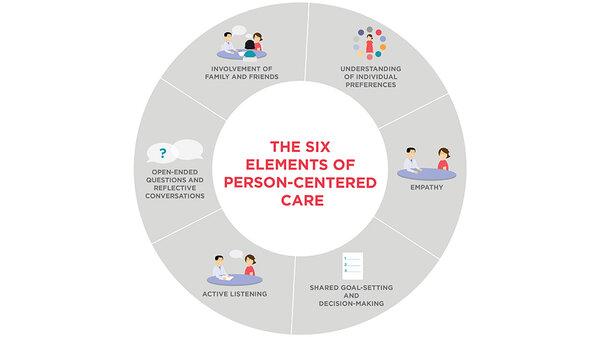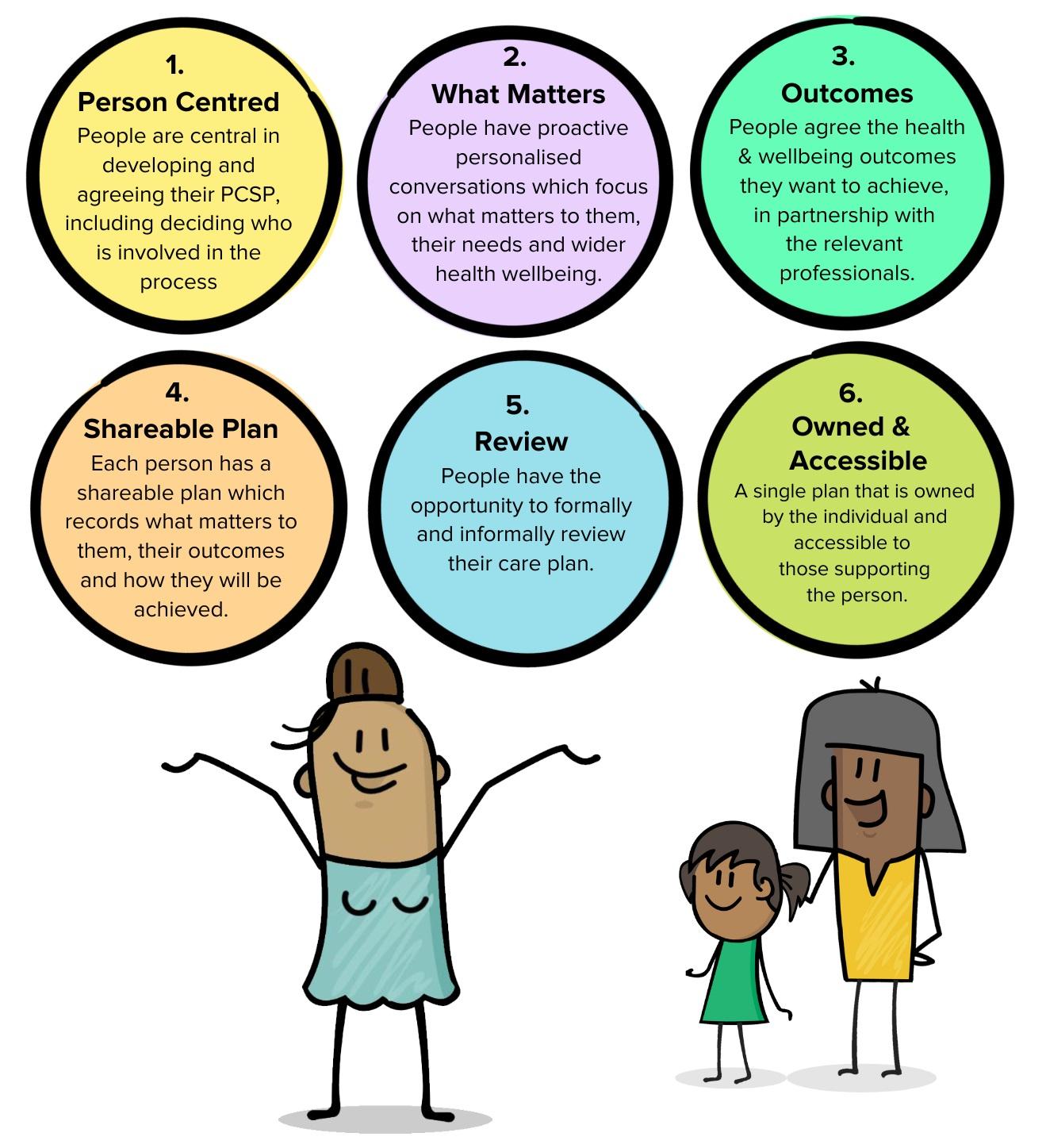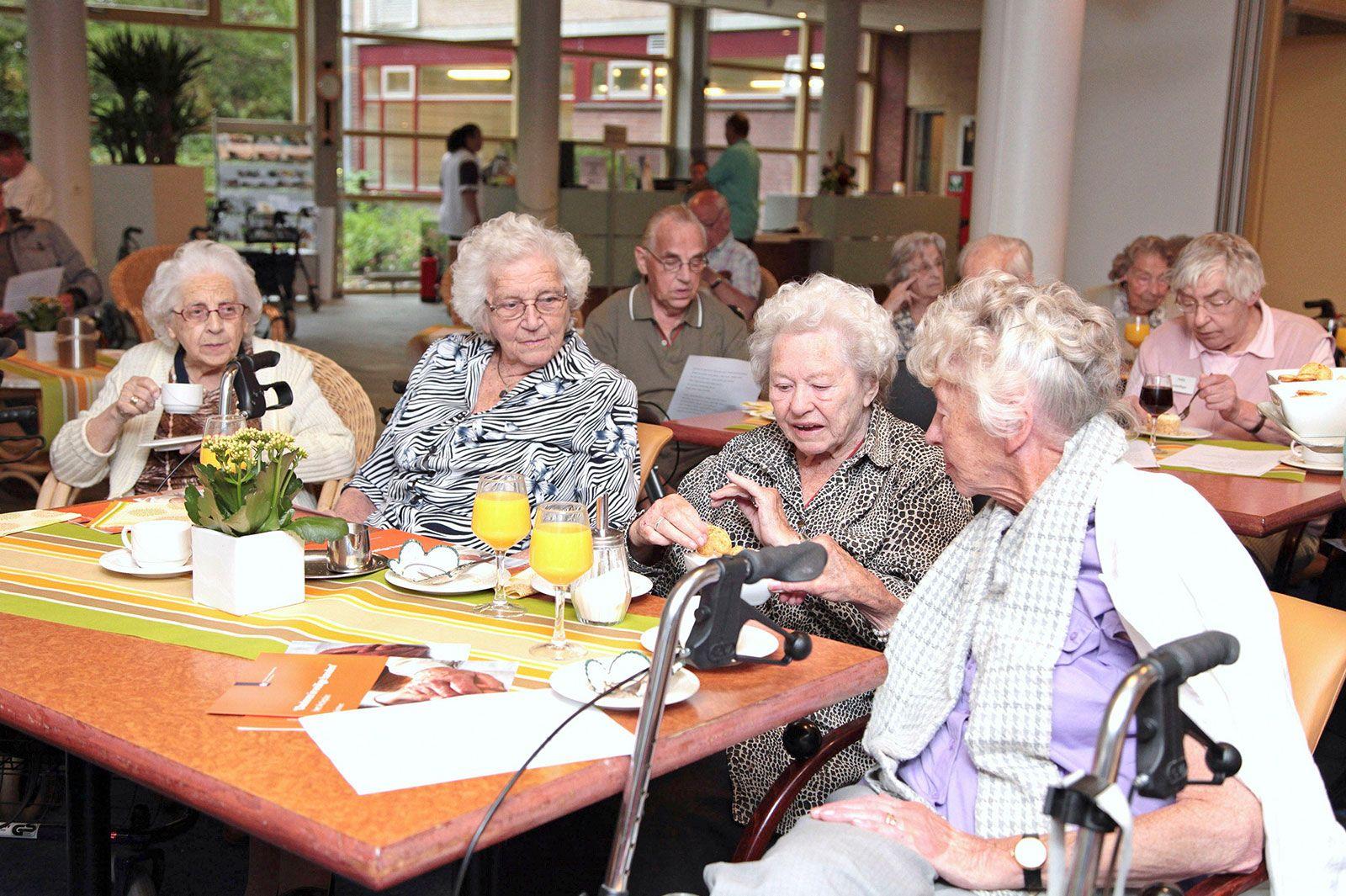In an age where healthcare is evolving at a breakneck pace, the essence of compassionate care often finds itself at the heart of the conversation. Among the various models and methodologies, person-centered care stands out as a beacon of hope, notably in the realm of nursing homes. But what dose it truly mean to embrace a person-centered approach in these often-overlooked spaces? This article delves into the principles of person-centered care, exploring its significance in enhancing the quality of life for residents and fostering a culture of respect and dignity. By understanding the nuances of this model, we can better appreciate how each individual’s unique story, preferences, and values play a crucial role in shaping their care experience. Join us on this journey to uncover the transformative power of person-centered care in nursing homes, where every caregiver can become a champion of individual well-being.
Exploring the Fundamentals of Person-Centered Care in Nursing Homes
At the core of modern nursing home practices lies a transformative approach focusing on the individual needs and preferences of residents. This model fosters a nurturing environment that prioritizes not just the physical well-being, but also the emotional, social, and spiritual dimensions of care. Key principles of person-centered care include:
- personalized Care Plans: Tailoring care to suit the unique preferences and histories of each resident.
- Empowerment: Encouraging residents to actively participate in decisions regarding their care and daily activities.
- Holistic Approach: Addressing the complete spectrum of a person’s needs, including relationships, dignity, and independence.
- Inclusivity: Building a community that embraces diversity and respects cultural differences among residents.
Implementing person-centered care requires a paradigm shift in how staff and management approach daily operations. Training programs and regular workshops can equip caregivers with the skills to strengthen relationships and enhance interaction with residents. Additionally, establishing a framework for ongoing feedback ensures that care practices evolve in alignment with residents’ changing needs.A comparison table below highlights the differences between conventional care and person-centered care:
| Aspect | Traditional Care | Person-Centered Care |
|---|---|---|
| Care Approach | Task-Oriented | Individual-oriented |
| Resident Involvement | Minimal | active Participation |
| Caregiver-Resident Relationship | Transactional | Collaborative |

Emphasizing Individual needs: Tailoring Care Plans for Residents
In the quest to provide optimum care, it’s critical to recognize that each resident has unique preferences, abilities, and health requirements. A person-centered approach ensures that care plans are not one-size-fits-all but instead are tailored to reflect the individual needs of each resident. This involves collaborating closely with residents, their families, and the care team to gather insights regarding personal histories, hobbies, and daily routines. Some key elements to consider when tailoring care plans include:
- Medical History: Understanding past illnesses and treatments.
- Personal Interests: Incorporating hobbies and preferences in daily activities.
- Communication Style: Adapting interactions to individual comfort levels.
- Daily Routines: Respects the timing and preferences for meals, baths, and activities.
Furthermore, it’s essential to implement a dynamic strategy for these care plans, as individual needs can change over time. Regular reviews and adjustments to the plans facilitate responsiveness to the evolving health conditions or personal circumstances of the residents. Table below illustrates some effective methods of enhancing personalized care:
| method | Description |
|---|---|
| Care Conferences | Regular meetings with caregivers, residents, and families to evaluate needs. |
| Feedback surveys | Assessing resident satisfaction to fine-tune care approaches. |
| Observation | Monitoring daily interactions and activities to identify residents’ preferences. |

Empowering Staff through Training and Resources for Enhanced Care
In the rapidly evolving landscape of healthcare, especially within nursing homes, providing comprehensive training for staff is crucial. Empowering caregivers through targeted education allows them to better understand the nuances of person-centered care. This approach not only enhances the emotional well-being of residents but also fosters a supportive environment. Training programs should focus on essential areas such as:
- communication Skills: Enhancing interactions with residents to build trust.
- Empathy Training: Understanding residents’ needs from their perspective.
- Cultural Competency: Respecting diverse backgrounds and preferences.
- Conflict Resolution: Managing disputes effectively for a harmonious atmosphere.
Furthermore, providing easily accessible resources is paramount for these trained staff members. This can include digital platforms housing important guidelines, interactive case studies, and a repository of best practices. Collaborative tools can facilitate knowledge sharing among caregivers,ensuring continuous skill enhancement and professional growth. Consider implementing:
| Resource Type | Description |
|---|---|
| Webinars | Live sessions focused on person-centered strategies. |
| Workshops | Hands-on training in real-life scenarios. |
| Guides & Manuals | Comprehensive literature on best care practices. |

Building a Community: Fostering Relationships within Nursing Homes
Creating a vibrant community within nursing homes is essential for enriching the lives of residents. Fostering relationships among residents, staff, and families can lead to enhanced emotional well-being and a sense of belonging. It’s vital to encourage initiatives that promote connectivity,such as:
- Regular Social Events: Organizing weekly gatherings or activities fosters interactions that are important for building friendships.
- Volunteer Programs: Engaging local volunteers can introduce fresh perspectives and new connections, helping to bridge generational gaps.
- Family Involvement: Encouraging family members to participate in events creates a supportive network for residents.
Communication is another crucial element in cultivating a community atmosphere. Establishing open lines of dialogue can promote trust and respect. Simple yet effective strategies include:
| Strategy | Purpose |
|---|---|
| Monthly Newsletters | Update residents and families on upcoming events and activities,fostering anticipation and participation. |
| Feedback Sessions | Encourage residents to voice their thoughts and suggestions, making them feel valued and heard. |
| Buddy Systems | Pairing residents for daily check-ins can strengthen connections and support mental health. |
Final Thoughts
In the realm of elder care,where every individual’s story deserves to be honored,person-centered care emerges as a guiding light,illuminating the path to a more dignified and fulfilling life in nursing homes. By prioritizing the unique preferences, needs, and values of each resident, caregivers can transform healthcare into a deeply personal experience, fostering connections that transcend the traditional boundaries of patient and provider.
As we embrace the principles of person-centered care, we invite a cultural shift that not only enriches the lives of our elders but also empowers families and staff alike. The journey towards understanding and implementing this caring philosophy is ongoing, fueled by compassion, innovation, and collaboration.
Let us remember that at its heart, person-centered care is about recognizing the individual in every resident, weaving their narratives into the fabric of care that nurtures both body and spirit. In this effort, we have the power to redefine aging—creating environments that not only accommodate but celebrate the vibrancy of life, regardless of age. Armed with knowledge and empathy, we can ensure that the experience of aging remains a journey marked by respect, dignity, and above all, love.
